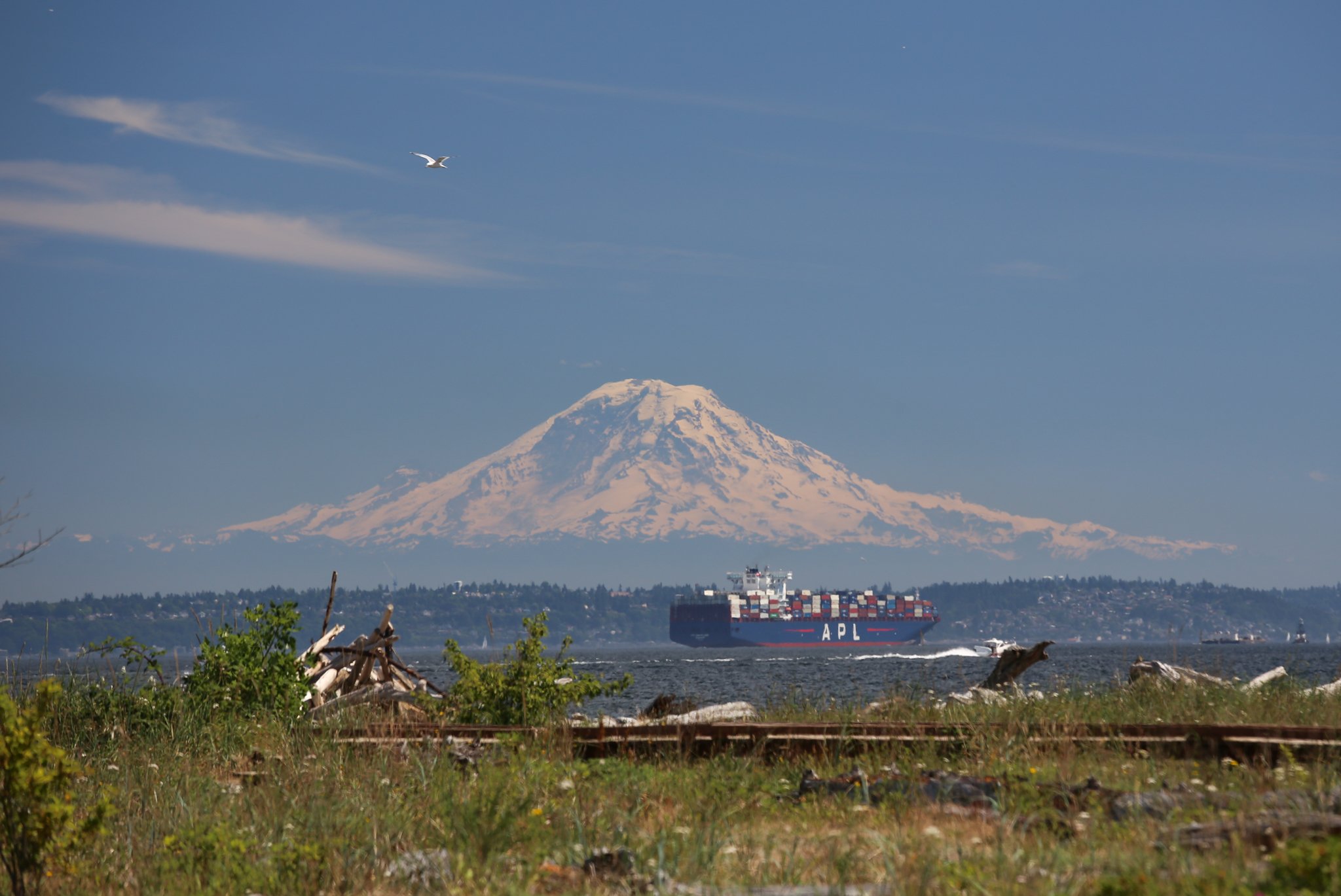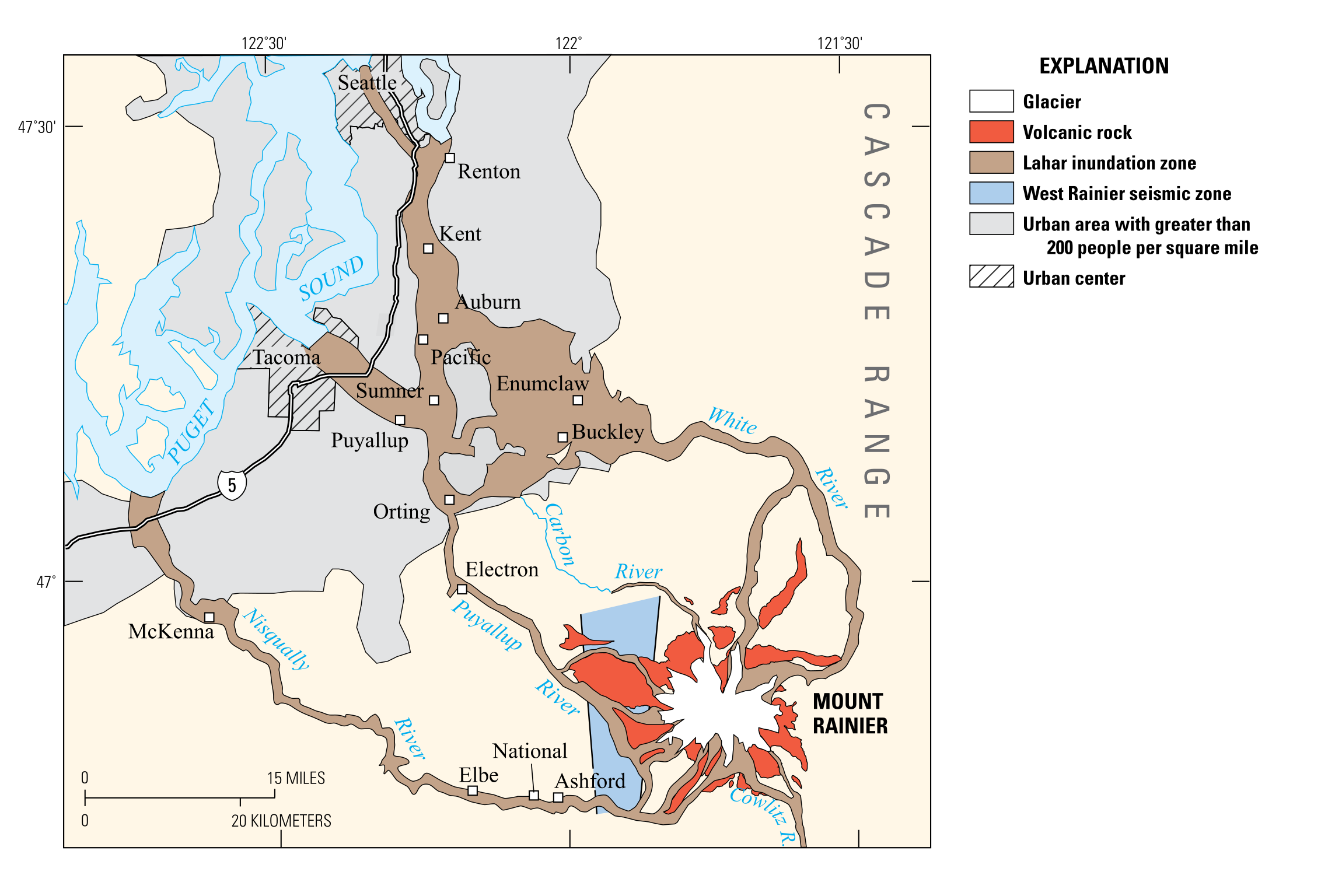Mount Rainier, an iconic peak in Washington State, is renowned for its extraordinary snowfall. The Paradise area of Mount Rainier receives an average of 640 inches (53.3 feet) of snow annually, making it one of the snowiest places in the United States. The mountain’s record-breaking snowfall occurred in the 1971/72 winter season, with an astounding 1,122 inches (93.5 feet) of snow, solidifying Mount Rainier’s reputation as a winter wonderland.
How Much Snow Does Mount Rainier Typically Receive?

Mount Rainier’s Paradise area, situated at an elevation of 5,400 feet, experiences remarkable snowfall each year. On average, this region receives:
- 640 inches (53.3 feet) of snow annually
- Approximately 53 feet of snowfall per winter season
- Snowfall that can vary significantly from year to year
The substantial snowfall at Mount Rainier is due to its unique geographical location and high elevation. The mountain’s position in the path of moisture-laden air from the Pacific Ocean, combined with orographic lifting, results in prolific snow accumulation.
What Was the Snowiest Season on Record for Mount Rainier?

The snowiest season ever recorded at Mount Rainier’s Paradise area was the winter of 1971/72. This record-breaking season saw:
- A total snowfall of 1,122 inches (93.5 feet)
- Nearly double the average annual snowfall
- Enough snow to bury a nine-story building
This exceptional winter showcased the extreme weather conditions that Mount Rainier can experience and highlighted its status as one of the snowiest places in the contiguous United States.
How Does Mount Rainier’s Snowfall Vary Year to Year?
Mount Rainier’s snowfall can fluctuate dramatically from one year to the next. Here’s a breakdown of the variation:
| Season | Snowfall (inches) | Snowfall (feet) |
|---|---|---|
| 1971/72 (Snowiest) | 1,122 | 93.5 |
| Average | 640 | 53.3 |
| 1980/81 (Least Snowy) | 266 | 22.2 |
| 2014/15 (Least Snowy) | 266 | 22.2 |
This wide range demonstrates the dynamic nature of Mount Rainier’s climate and the potential for both exceptionally snowy and unusually dry winters.
What Factors Contribute to Mount Rainier’s Heavy Snowfall?
Several factors combine to make Mount Rainier a snow magnet:
- Elevation: At 14,411 feet, Mount Rainier’s high elevation ensures that much of its precipitation falls as snow.
- Geographic Location: Situated in the path of moisture-rich Pacific storms, the mountain is perfectly positioned to receive abundant precipitation.
- Orographic Lifting: As moist air is forced up the mountain’s slopes, it cools and condenses, leading to heavy snowfall.
- Winter Storm Patterns: The region frequently experiences winter storms that can dump several feet of snow in a single event.
These factors work in concert to create the perfect conditions for massive snow accumulation on Mount Rainier.
How Does Snow Depth Vary Across Mount Rainier?
Snow depth on Mount Rainier varies significantly depending on elevation and location:
- Lower Elevations: Areas below 5,000 feet may see several feet of snow accumulation.
- Paradise (5,400 feet): Average snow depths can reach 10-15 feet during peak winter months.
- Higher Elevations: Above 7,000 feet, snow depths can exceed 20-30 feet in exceptionally snowy years.
It’s important to note that snow depth increases with elevation, and the highest reaches of Mount Rainier remain snow-covered year-round due to the extreme accumulation and cold temperatures.
What Are the Implications of Mount Rainier’s Massive Snowfall?
The enormous snowfall on Mount Rainier has several significant implications:
- Glacier Formation: The heavy snowfall contributes to the formation and maintenance of the mountain’s extensive glacier system.
- Water Resources: As the snow melts, it provides crucial water resources for the surrounding ecosystems and communities.
- Recreation: The deep snowpack supports a thriving winter sports industry, attracting skiers and snowboarders from around the world.
- Avalanche Risk: The substantial snow accumulation can lead to increased avalanche danger, requiring careful monitoring and management.
- Climate Research: The snowpack on Mount Rainier serves as an important indicator of climate trends and changes in the Pacific Northwest.
How Has Climate Change Affected Mount Rainier’s Snowfall?
While Mount Rainier continues to receive substantial snowfall, climate change has begun to impact the mountain’s snow patterns:
- Glaciers have shrunk by one-third in area and 45% in thickness since 1900.
- There’s a trend towards earlier spring snowmelt, affecting the timing of peak streamflows.
- Some years have seen significantly less snowfall than historical averages.
However, it’s important to note that climate change can also lead to more intense precipitation events, potentially resulting in heavier snowfall during some winters.
What Should Visitors Know About Mount Rainier’s Snow Conditions?
For those planning to visit Mount Rainier during the snowy months:
- Best Time for Snow: The snowiest periods typically occur from December to March.
- Snow Gear: Proper winter equipment, including chains for vehicles, is often required.
- Avalanche Awareness: Visitors should be aware of avalanche risks and check current conditions before venturing into the backcountry.
- Rapidly Changing Weather: Mountain weather can change quickly, so visitors should be prepared for sudden shifts in conditions.
Mount Rainier’s incredible snowfall creates a winter wonderland that attracts visitors from around the globe. Whether you’re a winter sports enthusiast, a nature lover, or simply someone who appreciates the raw power of nature, the snowy slopes of Mount Rainier offer an awe-inspiring spectacle that showcases the extremes of our planet’s weather systems.
References:
- https://snowbrains.com/washington-state-historic-snowfall-comparison-mount-rainier-vs-mount-baker/
- https://www.geekwire.com/2021/snowiest-place-earth-faring-record-hot-summer-gotten-little-rocky/
- http://glaciers.pdx.edu/Projects/LearnAboutGlaciers/MRNP/Atlas20.html
